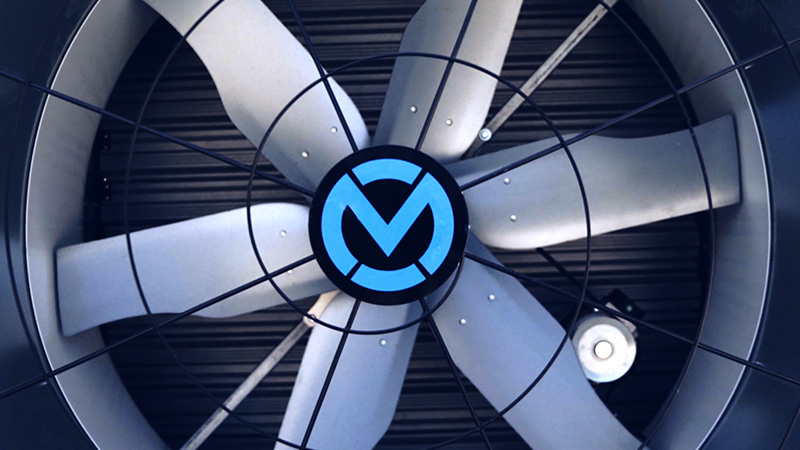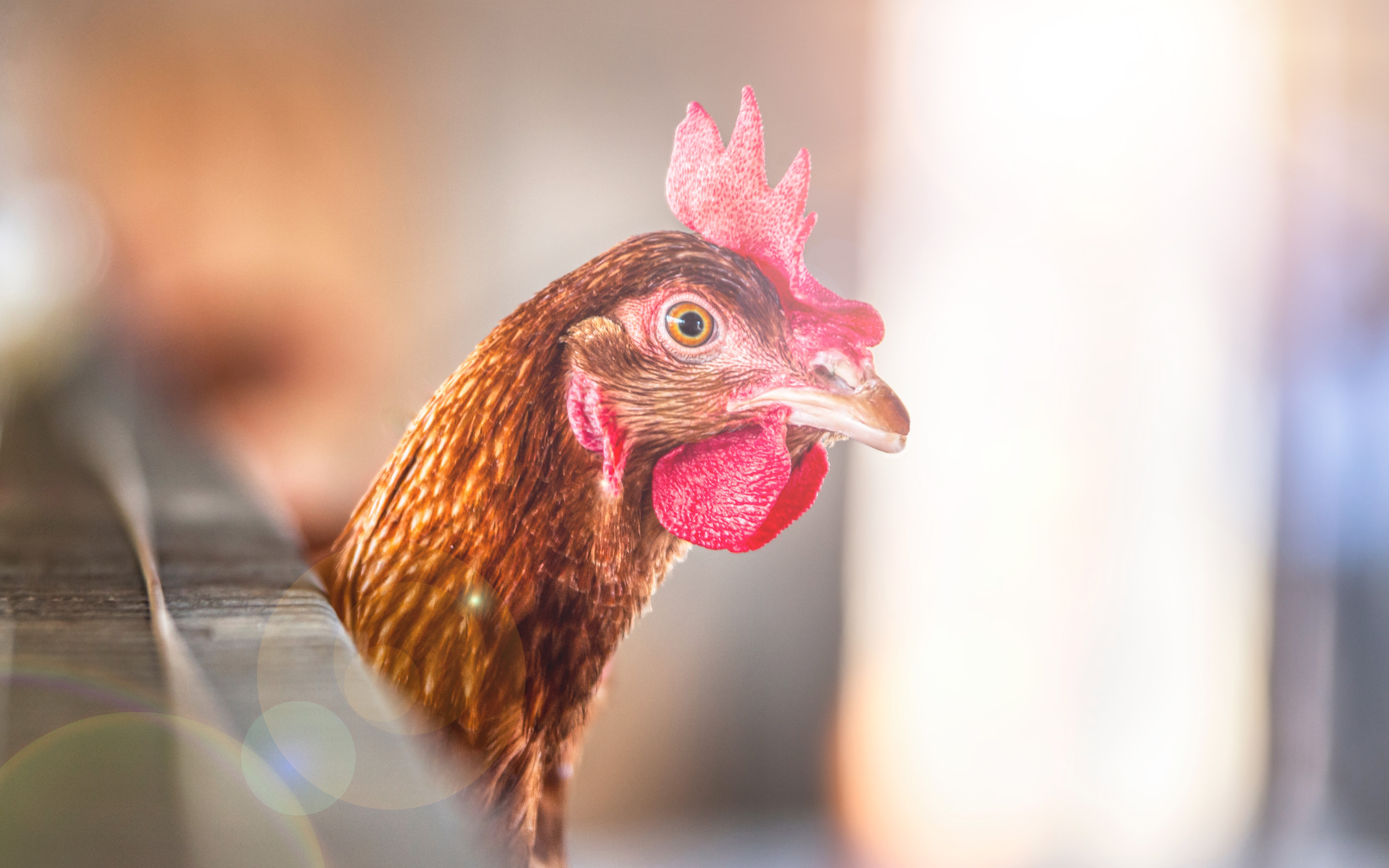Layer hen welfare
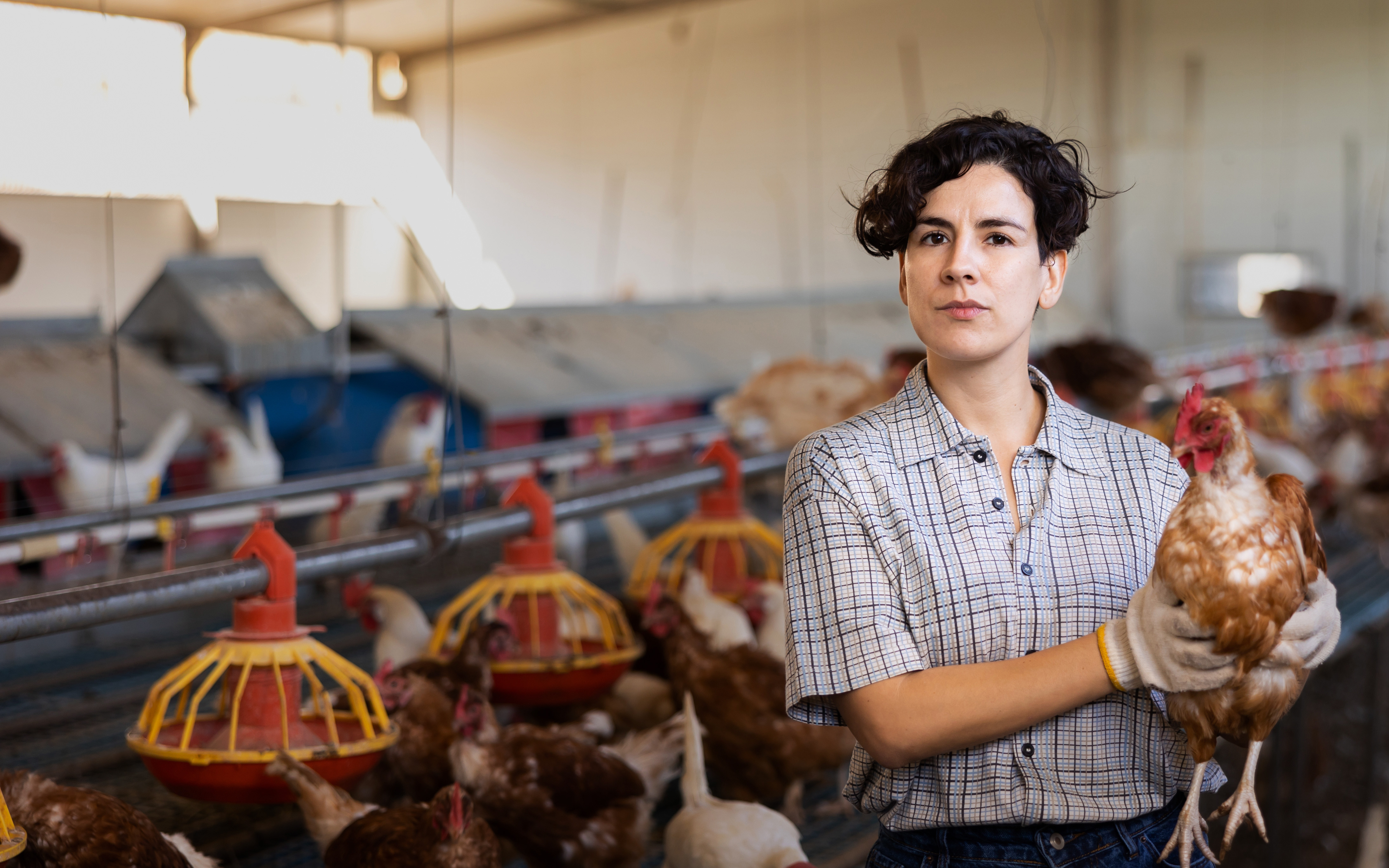
Animal welfare is an important aspect of the poultry food production chain, as it ensures that the birds are treated humanely and in a way that promotes their physical and mental well-being. Doing so can lead to improved productivity, reduced health problems and enhance product-quality for consumers.
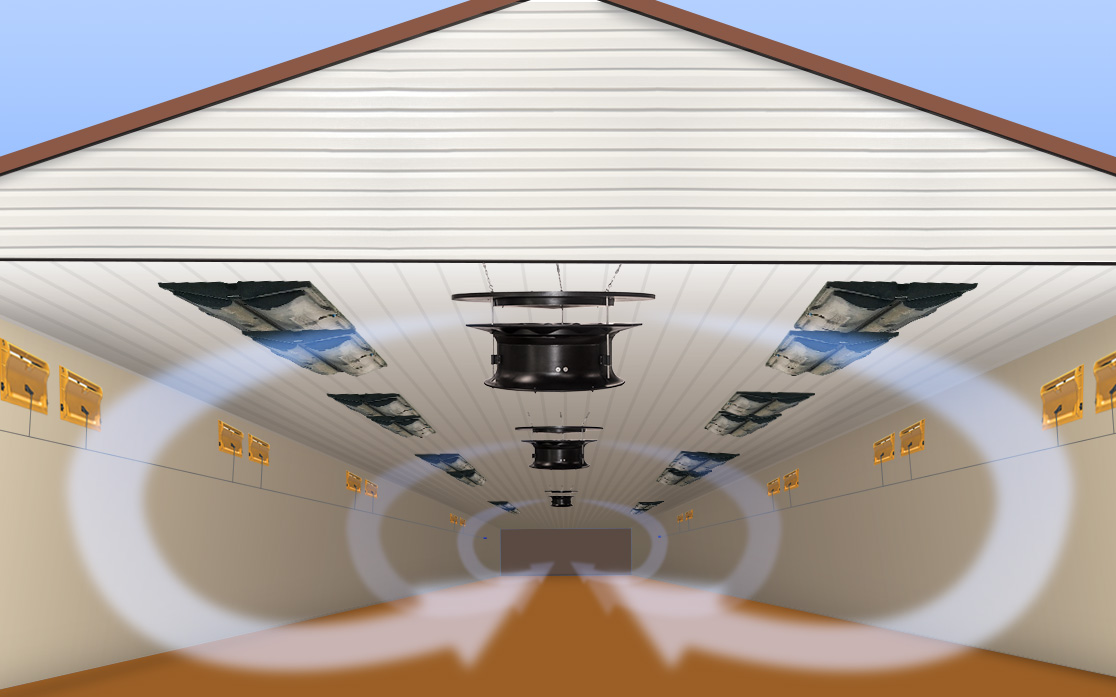
Providing optimal living conditions for layer hens
Layer hens should have at least 1-1.5 square feet of floor space per bird, as well as access to perches and nest boxes. This will help to prevent crowding and promote natural behaviors such as foraging and dust bathing.
Air that is well ventilated and circulated will help to encourage movement in all areas of the house, stimulating the hens and preventing stiffness.
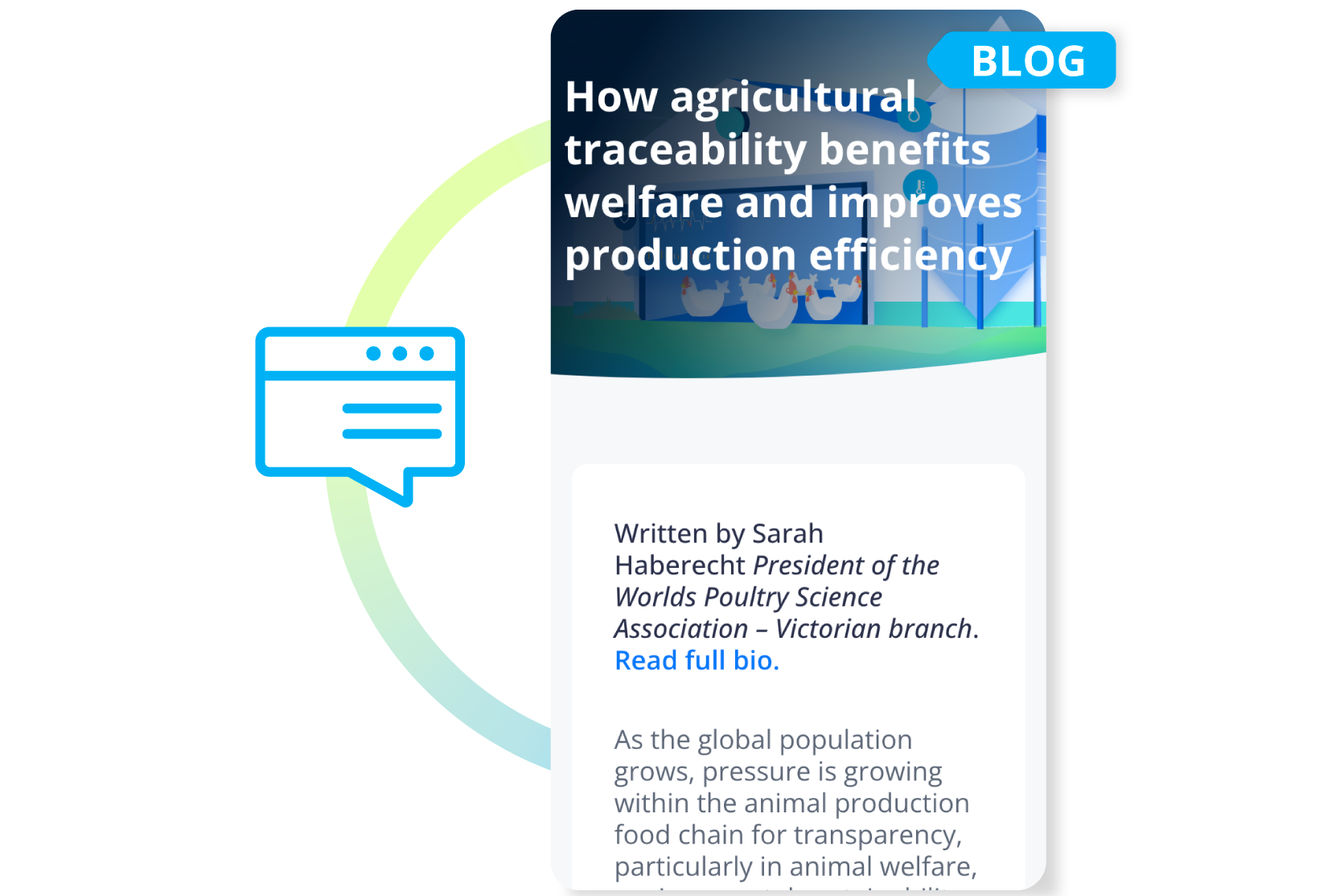
Blog: How agricultural traceability benefits welfare and improves production efficiency
Sensors inside the poultry house can include monitoring the environments, such as temperature, humidity, and CO2 sensors, and others like biometric sensors, which monitor the animal movements, noises, temperature, and body weights.
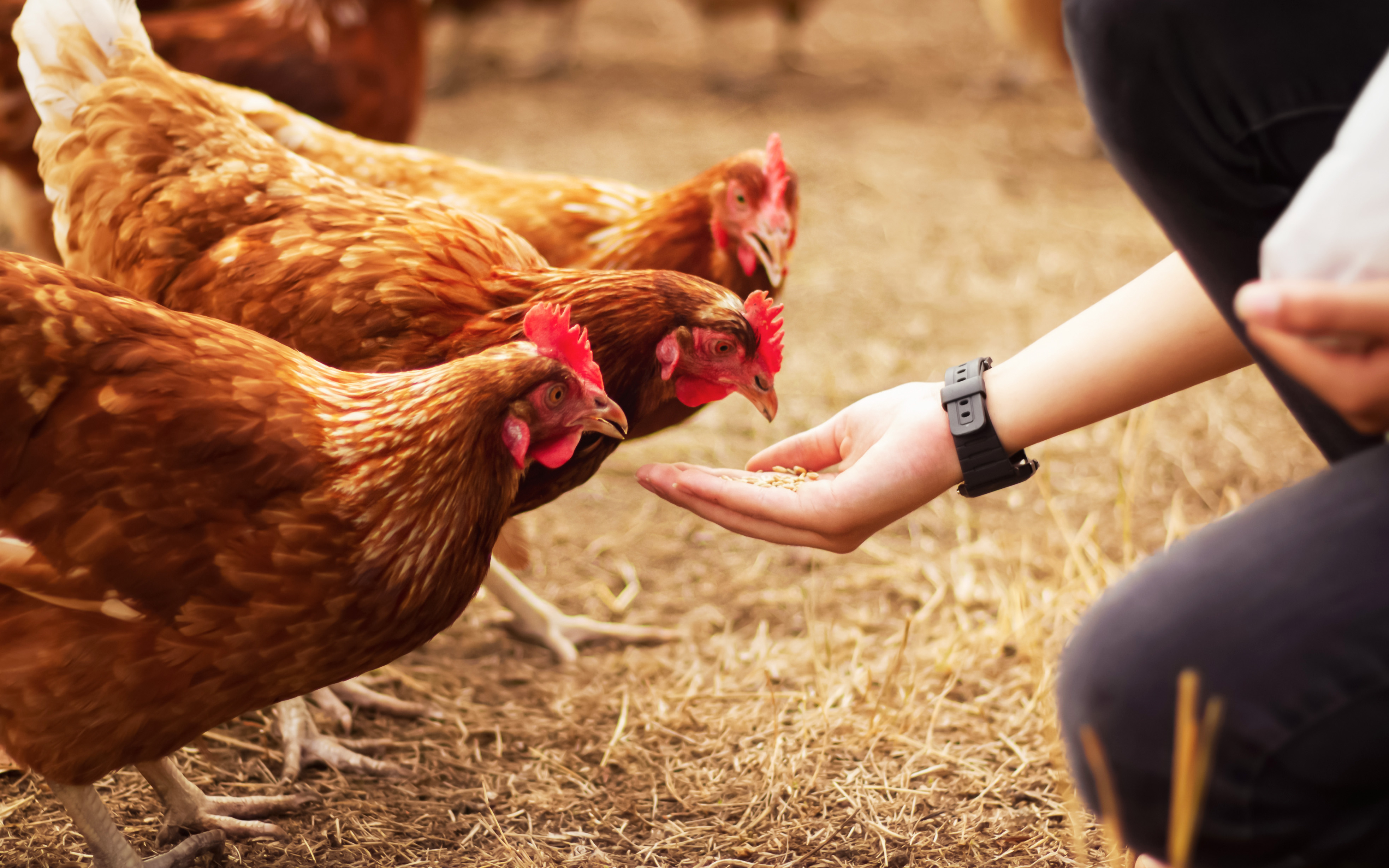
Providing good quality feed and water
Layer hens should have access to a diet that is balanced and provides all the necessary nutrients for their growth and egg production. They should also have access to clean, fresh water at all times.

